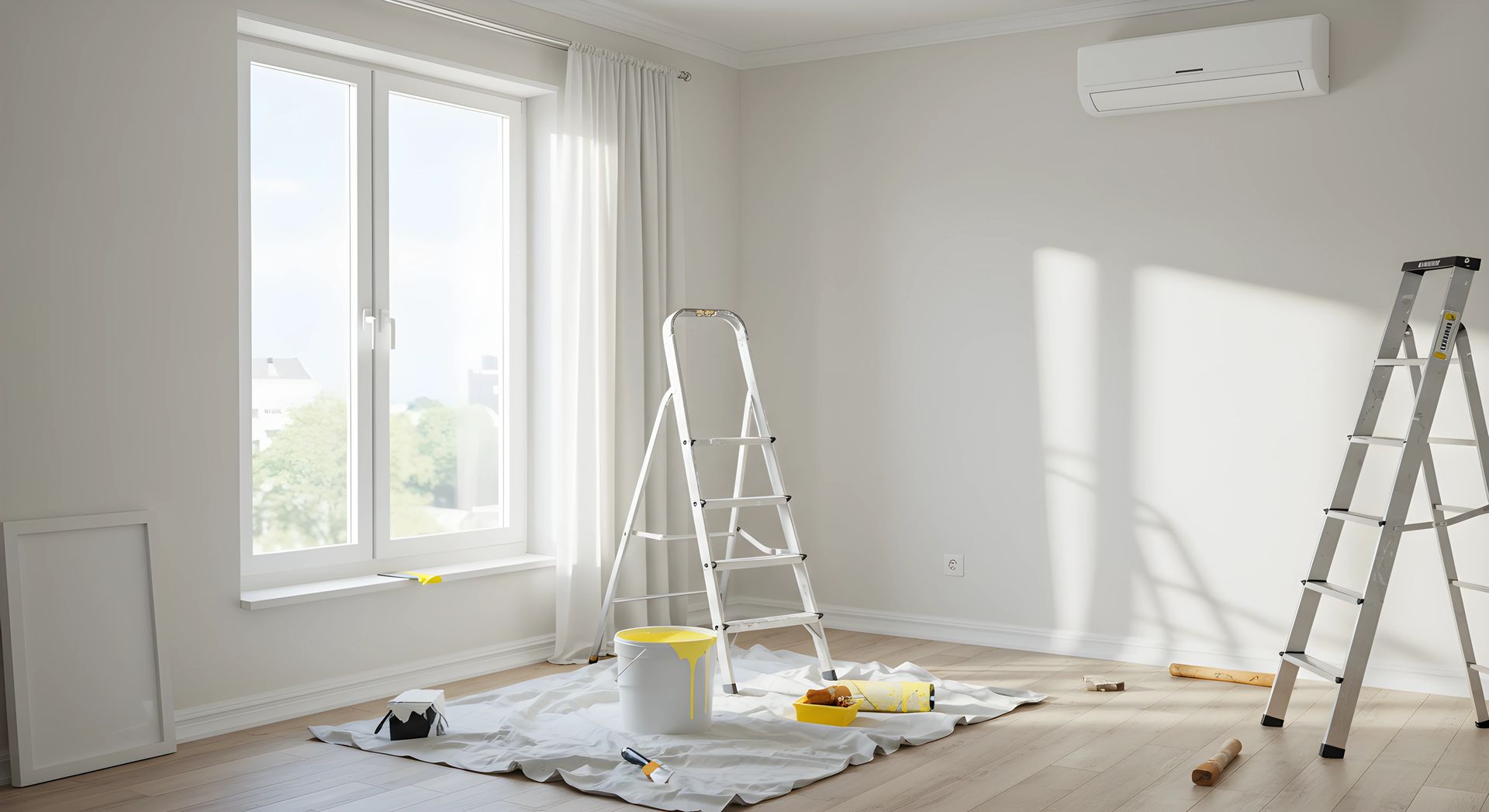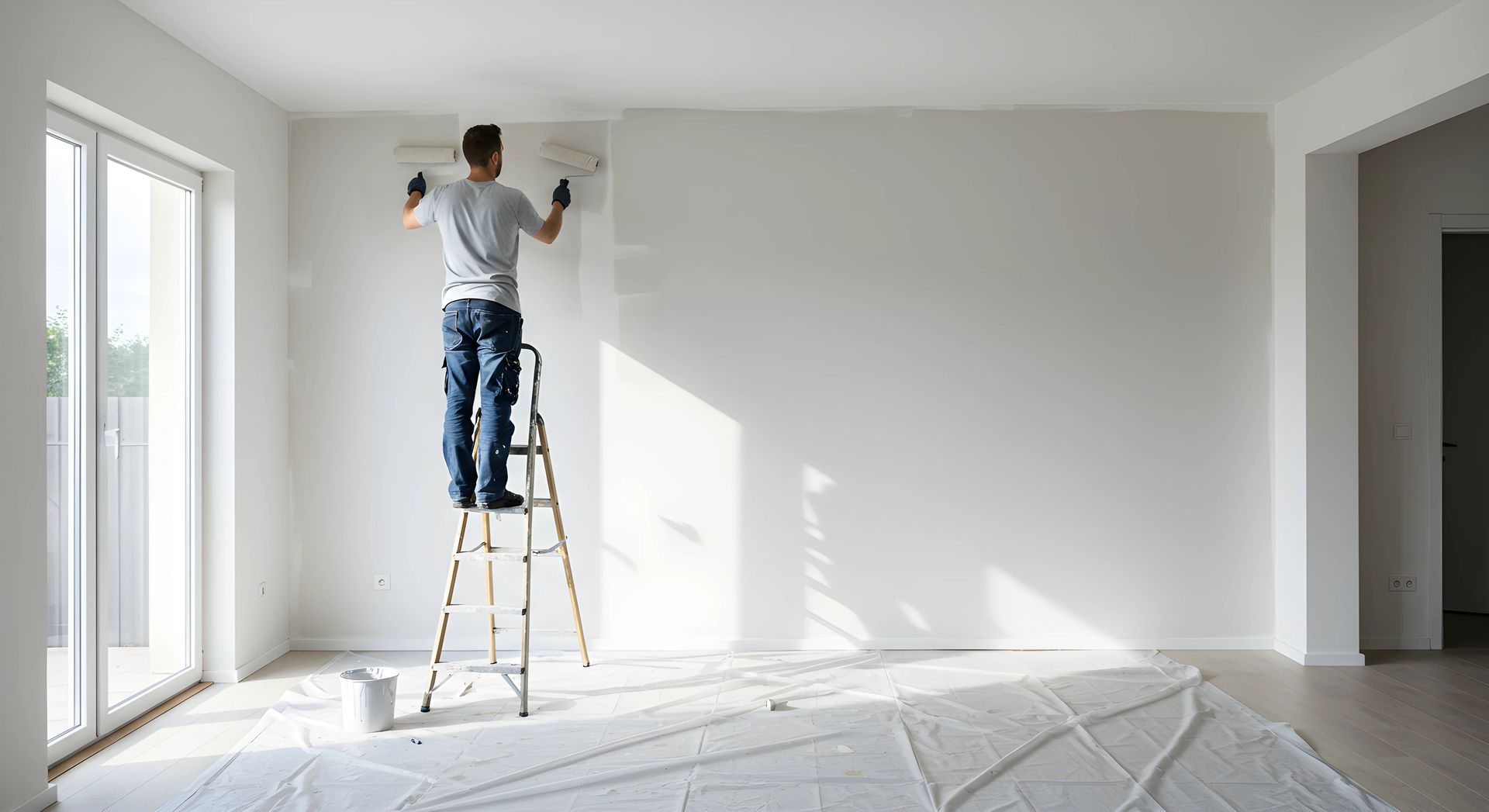How Often Should You Paint the Interior of Your Home: Factors to Consider
Painting the interior of your home is a great way to freshen up your living space and give your rooms a new look. However, knowing when to repaint can be a challenge. Several factors determine how often you should paint your home. Let's explore these factors more detail to help you choose the best schedule for repainting your house.
Painting the interior of your home is a great way to freshen up your living space and give your rooms a new look. However, knowing when to repaint can be a challenge. Several factors determine how often you should paint your home. Let's explore these factors more detail to help you choose the best schedule for repainting your house.
One primary consideration when deciding how often to repaint is the type and quality of paint used. Higher-quality paints tend to last longer and may not need to be repainted as frequently as lower-quality paints. When choosing paint for your interior walls, it's essential to consider the durability and long-lasting qualities of the paint to get the most out of your investment. Additionally, the wear and tear your walls endure is another crucial factor. High-traffic areas like hallways, entryways, and children's rooms are more prone to scuffs, stains, and other damage that can make the paint look worn and faded. These areas may need to be repainted more frequently to maintain a fresh, clean look.
The age of your home can also impact how often you need to repaint the interior. Older homes with original paint may require more frequent repainting, especially if the paint is starting to show signs of wear or fading. Additionally, if your home has lead-based paint, you may need to repaint more often to ensure that your walls are safe and free of lead hazards.
Your location's climate and environment can also influence the frequency of repainting. Homes in regions with extreme temperatures or high humidity may require more frequent repainting due to increased paint damage than in more moderate climates. Furthermore, houses near the coast or in regions with elevated pollution levels may need more frequent repainting to counteract the impacts of salt, pollution, and other environmental factors.
Beyond the practical considerations, there are also aesthetic reasons to repaint your home's interior. Applying a fresh coat of paint can really transform a room, providing it with a new ambiance and appearance. Whether you're looking to update the color scheme or refresh the walls, painting is an affordable and effective way to enhance your home's interior.
So, how often should you repaint the interior of your home? While there's no one-size-fits-all answer, a good rule of thumb is to do it every 5 to 7 years. However, the amount can change depending on several factors. To gauge whether it's time for a new paint job, examine your walls for signs of wear, such as fading, peeling, or stains. If you notice any of these signs, it might be time to consider giving your walls a fresh coat of paint.
The frequency of repainting your home's interior depends on various factors, such as the paint quality, the level of wear and tear, and your preferences. By taking these factors into account and being proactive about maintaining your walls, you can ensure that your home always maintains its best appearance. Consider Hometown Wellington House Painting
for your house painting needs.



